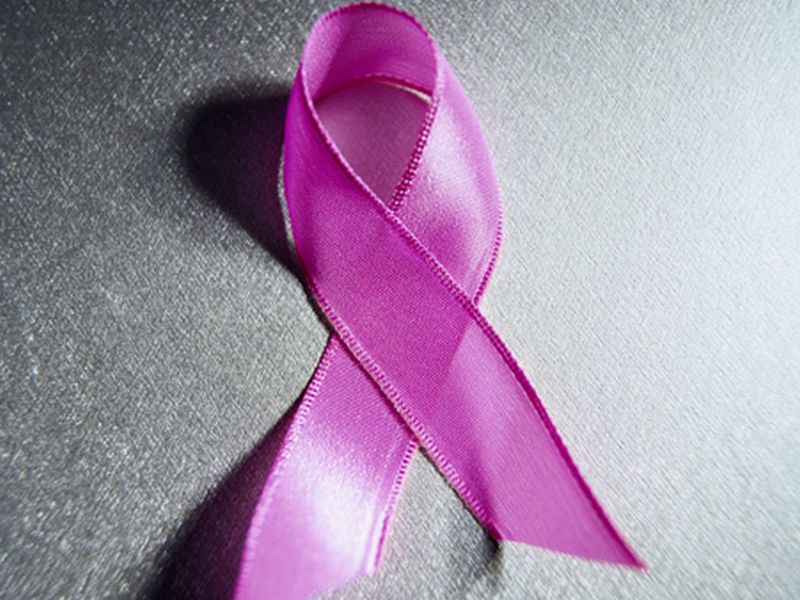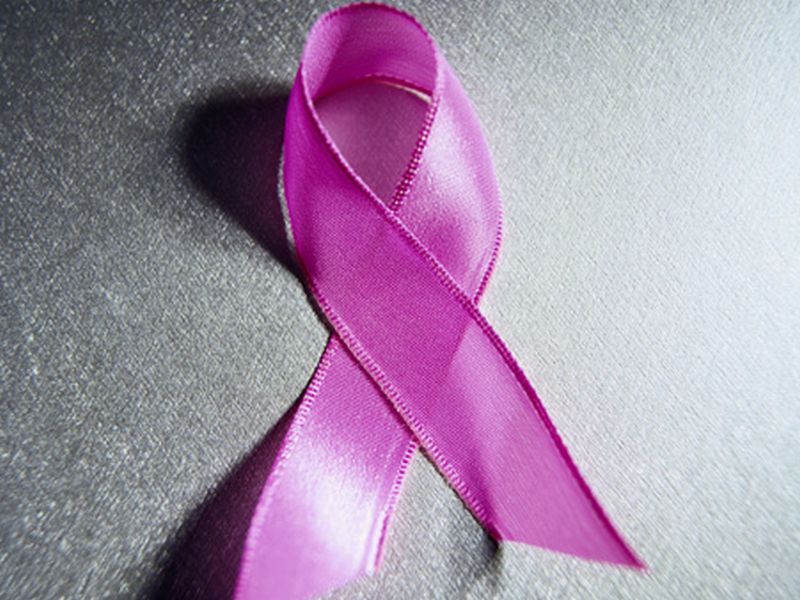
There’s proof that the position a woman is located in at some point of her pre-surgical breast MRI may want to have an effect on — for higher or worse — the scan‘s accuracy.
The small look at, from radiologists at Brigham and girls‘s sanatorium in Boston, shows that MRI pix takenbefore breast cancer surgery ought to offer incorrect records if the affected person is placed face-downat some stage in the experiment.
In evaluation, “supine [face up] MRI earlier than surgical operation can also provide surgeons with extradistinctive and accurate records, and could result in effective tumor removal,” lead researcher and radiologist Dr. Eva Gombos said in a health center information release.A breast MRI is generally donebefore breast most cancers patients go through breast-keeping lumpectomy, to assist the health care provider see the size, form and region of the tumor.
“The real advantage of breast MRI in a patient with breast cancer is preoperative making plans, to decideif there is additional most cancers within the same breast or inside the different breast prior to surgical treatment,” explained Dr. Kristin Byrne. She is a radiologist at Lenox Hill medical institution in new yorkmetropolis who reviewed the look at findings.
but, lots of those MRIs are performed whilst the affected person is face-down.
there may be a cause for that, Byrne stated. “when the patient is on her again, the breasts frequentlystoop to the edges at special angles and it may look exclusive on every occasion they’re imaged,leading to misinterpretation,” she defined.
however, the Boston researchers referred to that surgical treatment is achieved with the patient in theopposite position from the face-down direction wherein she obtained her scan.
in the examine, Gombos and associates looked at 12 breast most cancers sufferers undergoinglumpectomy. Six of them ended up having MRI breast scans each before and after their surgical procedures.
standard, the face-down (prone) position for the duration of MRI led to great deformity (on theexperiment) of each the breast and the tumor’s position inside the breast, in step with the look at postedJune 22 in the magazine Radiology.
there has been “alternate in length and shape resulting from displacement and deformation of the tumorbetween preferred imaging inside the prone function and operative supine function,” Gombos suggested.
So, look at senior writer Dr. Mehra Golshan cautioned that accomplishing MRI in each the face-up and face-down positions “may additionally assist discover a remnant tumor and make sure clear margins toprevent re-operation.” Golshan, chair of surgical oncology at the clinic, stated that “among women present process breast-keeping surgical procedure, 15 to 40 percent need to have a 2d operation to eliminateremnant tumor.”
Gombos harassed that the look at is small and wishes to be “verified in future massive studies.”
For her component, Byrne stated there are simply too many unanswered questions from the have a look atto attract any company conclusions.
“Breast MRI imaging is carried out with the affected person face down because it permits consistency in positioning, which is vital for observe-up imaging,” she stated.
“only six sufferers were studied and one had to move back for re-excision [of the tumor],” Byrne added. “Soit is clearly not confirmed that surgical control or final results have been altered on this observe.”
She also noted that few U.S. hospitals currently provide breast MRI to help girls and their physicians plan their surgical procedures. And use of this technology has its drawbacks, since “the extra time for thetechnique wanted places the affected person at additional chance for contamination and anesthesia-associated risks,” Byrne said.



